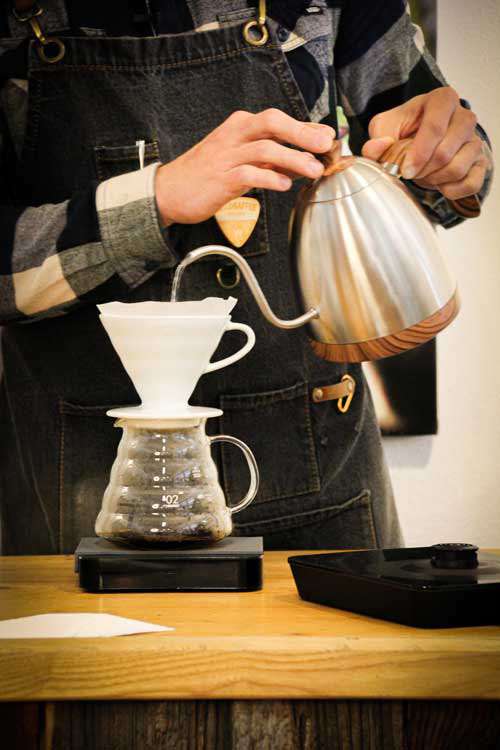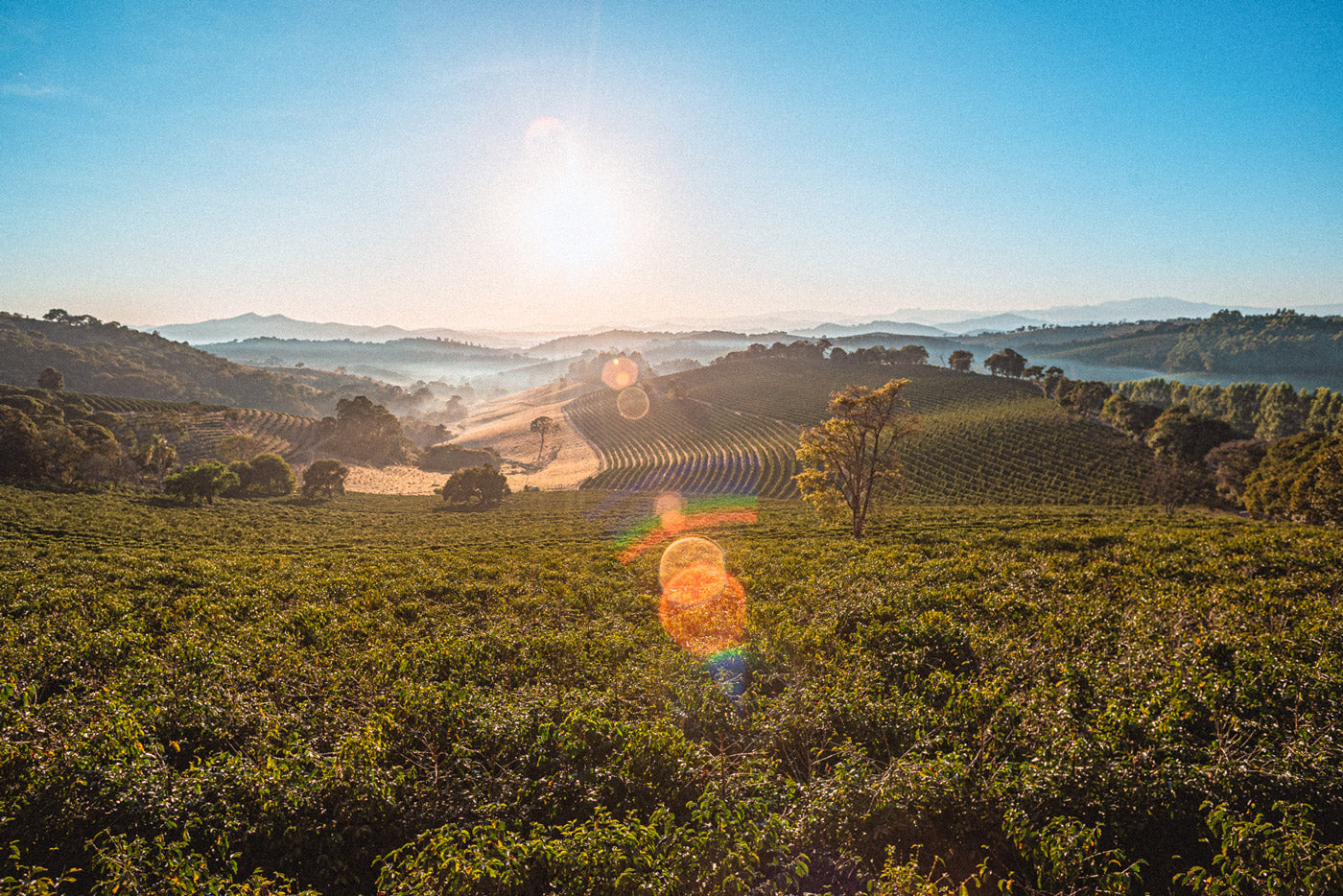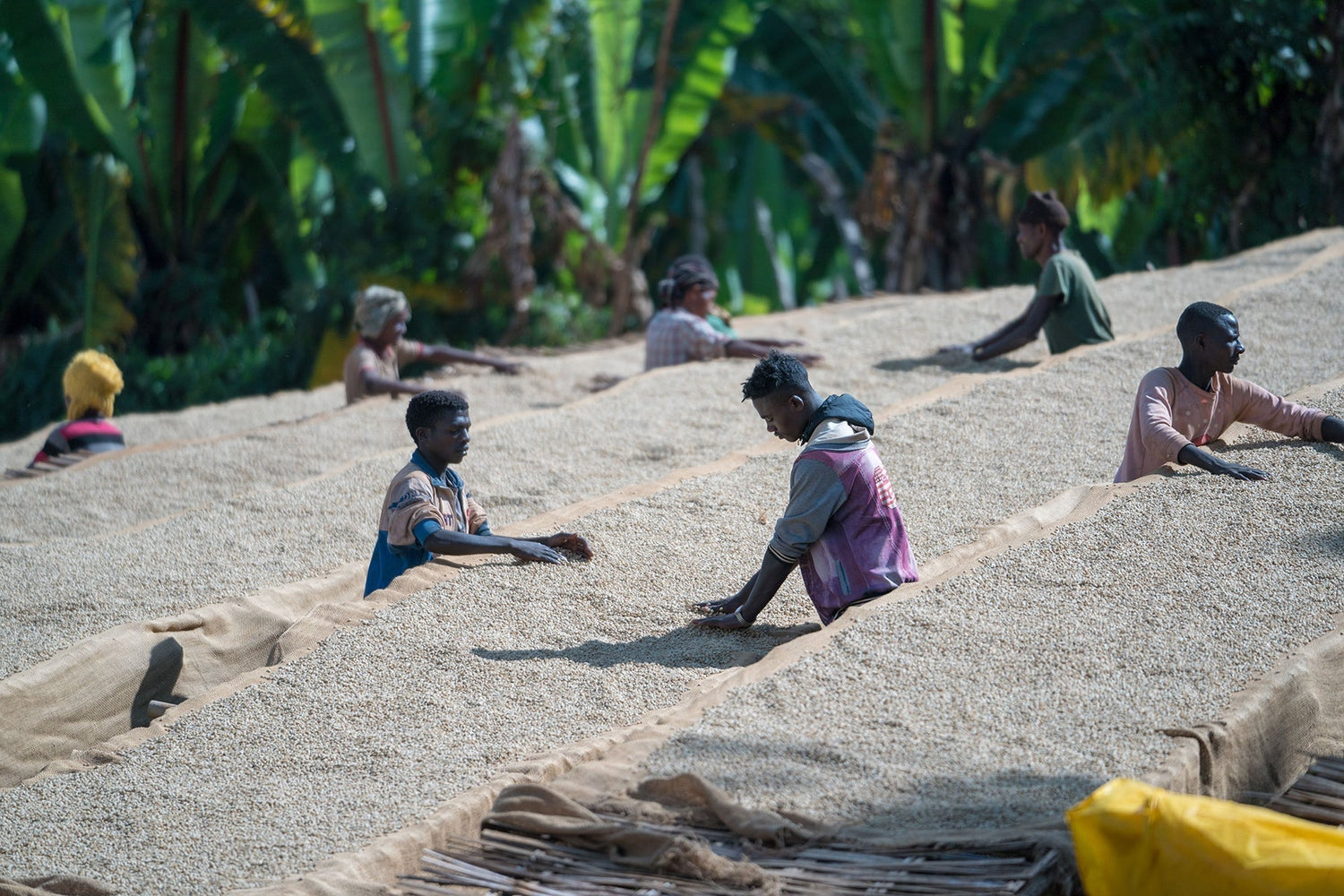Most people in Germany rely on the capabilities of their machines to brew their daily coffee. Whether it is a portafilter, fully automatic, filter machine, etc. Very few people actually take care of the brewing temperature themselves . However, this plays a significant role in the taste of our coffee. Too cold and the coffee becomes bland and unpleasantly sour, too hot and the coffee loses its aromas and may even taste burnt. So let’s talk in more detail about the temperature when brewing coffee.
Brewing coffee – what is the brewing temperature
When brewing coffee, we – or our machines – use hot water. This has been the case since the beginning of the coffee era. Which temperature for which coffee, which roast, which preparation method The best way to brew tea has been constantly evolving over time. It is not enough to simply pour boiling water onto coffee powder. You can see this in the same way as with tea. Not all tea is brewed at the same temperature. Black tea, for example, needs around 95 degrees, while green and white teas should be brewed at 70 to 80 degrees Celsius. Temperature is therefore a variable when brewing coffee , and it changes depending on the type of coffee and the method of preparation. Conversely, however, it also influences the method of preparation and the choice of coffee.

Brewing coffee – what is influenced
Yes, that sounded very complicated and philosophical. It is, and then again it isn't. It just depends on where you start. If you really want to brew coffee and are guided by the water temperature, then certain preparation methods and roastings are suitable for you ... and some don't. If you choose a certain method of preparation - or a certain roast - then certain temperature ranges are out of the question for you. Let's be clear: If you want to brew coffee with hot water, you won't be able to make cold brew. But that's just an extreme example. With the other preparation methods there are nuances.
Brewing coffee – what temperature do I need?
It is difficult to make a general statement on the subject of brewing temperature. The most general thing you can say is that between 89 and 95 degrees Celsius, not much can go wrong. If you brew your coffee within this temperature range - regardless of the roast and method - your coffee will taste good. But it will taste different. You can test the difference: Brew the same coffee using the same method once at 89 degrees and once at 95 degrees . Trust me, you will taste the difference.
Brewing coffee – neither over nor under
What you what you should not do under any circumstances is to go below 89 or above 95 degrees – at least not if you want your coffee to taste good. more than 95 degrees, the essential oils and aromas present in the bean burn . The aftertaste does not last as long and you miss the aromas that you have boiled out of the coffee. Unfortunately, this still happens far too often these days, as many people brew their coffee with hot, bubbling water. The water temperature should not be 89 degrees, otherwise the coffee will quickly taste weak because too few aromas are released – it could also become so sour that you can no longer taste the remaining flavors.

Brewing coffee – the individual preparation methods
Let us now take a closer look at which Preparation method what temperature or temperature range it requires. This is everything is quite close together and still offers plenty of room for experimentation .
Brewing coffee – filter coffee
Filter coffee is (still and again) one of the most popular and most used method of preparing coffee in Germany. The brewing temperature depends a lot on the beans used. If you have a very fruity or acidic coffee, then you should choose the temperature a few degrees higher . Because - and this is something to remember - the hotter the filter coffee temperature, the less acidity or fruitiness your coffee will have. The colder the temperature, the more the acid comes through. So you could also say that light roasts can tolerate more temperature and dark roasts need less heat when brewing. The optimal range is between 92 and 95 degrees Celsius. But you can also go down to 89 degrees and experiment yourself.
Brewing coffee – Espresso
Starting point and often also the The optimal temperature for espresso is 93 degrees Celsius. If the coffee bean you are using is lightly roasted, then it can be a few degrees higher; if the bean is very darkly roasted, then it can be a few degrees lower. Because no matter which method of preparation you choose, the same thing always applies. The hotter the water, the fewer acids in the drink and the “colder”, the more fruitiness in the coffee. This also applies to preparation with the portafilter.
Brewing coffee – stovetop pot
It is best to use already preheated water and set the stove, the fire source, etc., only to medium. And then it is very important to take the pot off the heat as soon as the coffee is ready, maybe even just before the last drop bubbles out of the top. And then you should cool the bottom of the pot or pour the entire contents into another container Pour the coffee into a container so that it doesn't continue to boil.
Brewing coffee – fully automatic machines
Fully automatic machines are usually set to work in the highest possible temperature range in order to extract all the aromas from the coffee. With new models, you can usually set the temperature, whereby the Choices are often “high, medium, and low” or something like “normal, high, maximum.” I would keep in mind that the optimal temperature range is between 88/89 and 95/96 degrees Celsius.
Brewing coffee – tabular overview
| Preparation method | temperature |
|---|---|
| Hand filter/pour over | 89 to 94 °C (depending on roasting level) |
| Portafilter | 93 °C (light roasts slightly more, dark roasts slightly less) |
| French Press |
93 °C and higher (dark roasts also at 90 °C) |
| Aeropress | 90 to 94 °C (also depending on the degree of roasting) |
| Chemex | 89 to 94 °C (depending on roasting level) |
| Stovetop pot | medium heat |
| Fully automatic | normal or high (especially for light roasts) |
The temperature required for each roast varies depending on its intensity. Light roasts simply do not reach as much temperature as dark roasts before brewing. Therefore, you can brew light roasts at a higher temperature and dark roasts at a lower temperature.

Brewing coffee – special cases, measuring devices, etc.
How can I be sure that I have reached the right temperature? Usually, a kettle that you can set to the exact degree . If you don't have one, you can take a thermometer and hold it in your water while it is boiling. Or you can use following quite simple time formula. If your water is bubbling vigorously, i.e. boiling, it is 100 degrees Celsius.
- If you take it off the heat and wait a moment until it stops bubbling, then it is about 95 degrees.
- One minute after bubbling it is about 80 degrees.
- 3 to 4 minutes after boiling it is about 70 degrees
- 8-9 minutes after boiling it is about 60 degrees.
Basically, only the first point is important. Remove the water from the heat and when it is no longer boiling and bubbling, you can use it to brew coffee.
Brewing coffee – altitude
However, with the bubble method, there are physics to consider. The boiling point of water is 100 degrees Celsius, depends on the height. The rule of thumb is, For every 100 meters of altitude, the boiling point decreases by 0.5 degrees. In Hamburg, which is 6 metres above sea level, water bubbles at 100 degrees. Munich, which is already at 500 meters, water boils at 97.5 degrees . And on the Zugspitze at almost 3,000 meters, water boils at 85 degrees. This is something to keep in mind if you don't have a thermometer with you.
Brewing coffee – special case cold brew
The optimal brewing temperature range of 89 to 95 degrees Celsius does not apply to cold brew, of course. Because, as the name suggests, this coffee is cold brewed. Cold brew is very trendy. You can either buy it ready-made, like the one from 25GRAMS , or you can follow this simple recipe.
You need:
- 100 to 150 grams of ground coffee (per liter of water)
- 1 liter of water (or more)
- A suitable container and cling film
Brewing coffee:
- Put the coffee in the container and pour the water on
- Cover the container with cling film and place it in the refrigerator
- Allow to extract between 6 and 24 hours, 12 hours is optimal
- Pour cold brew through filter paper to filter out ground coffee
The The advantage of cold brew is that it contains about 70 percent less acids and bitter substances are dissolved from the coffee than with the brewing method with hot water.
Brewing coffee – Conclusion
Making coffee is It's actually quite simple . Ground coffee beans, hot water and a container are the absolute must-haves. A filter and the right temperature bring even more comfort. And if you then find the optimal temperature, everything is fine. Move Between 89 and 95 degrees Celsius and nothing can happen to your coffee . It's best to experiment a little in this temperature range and then you'll find the optimal temperature for you and your current roast. With that in mind, have fun and #staywild!


